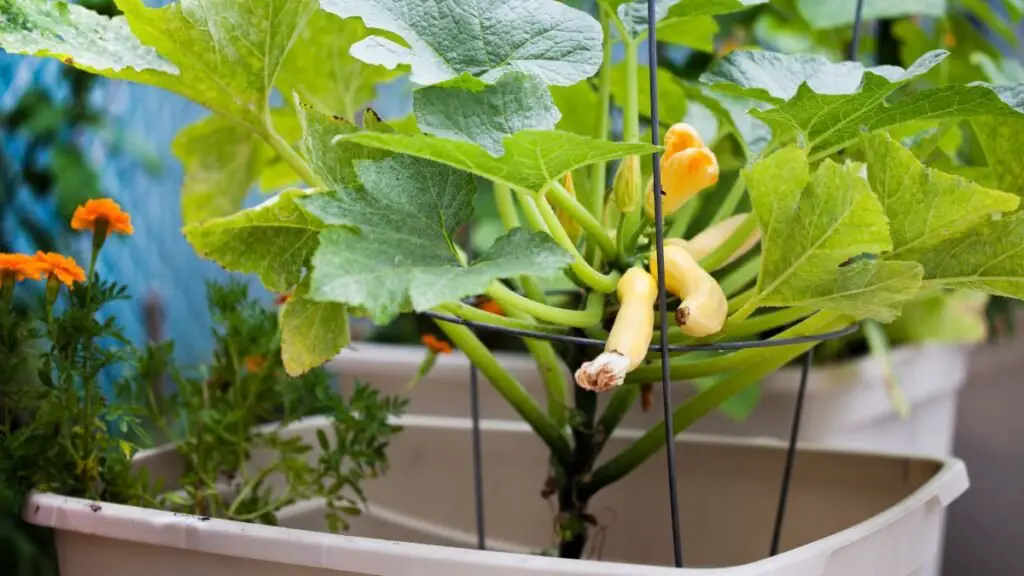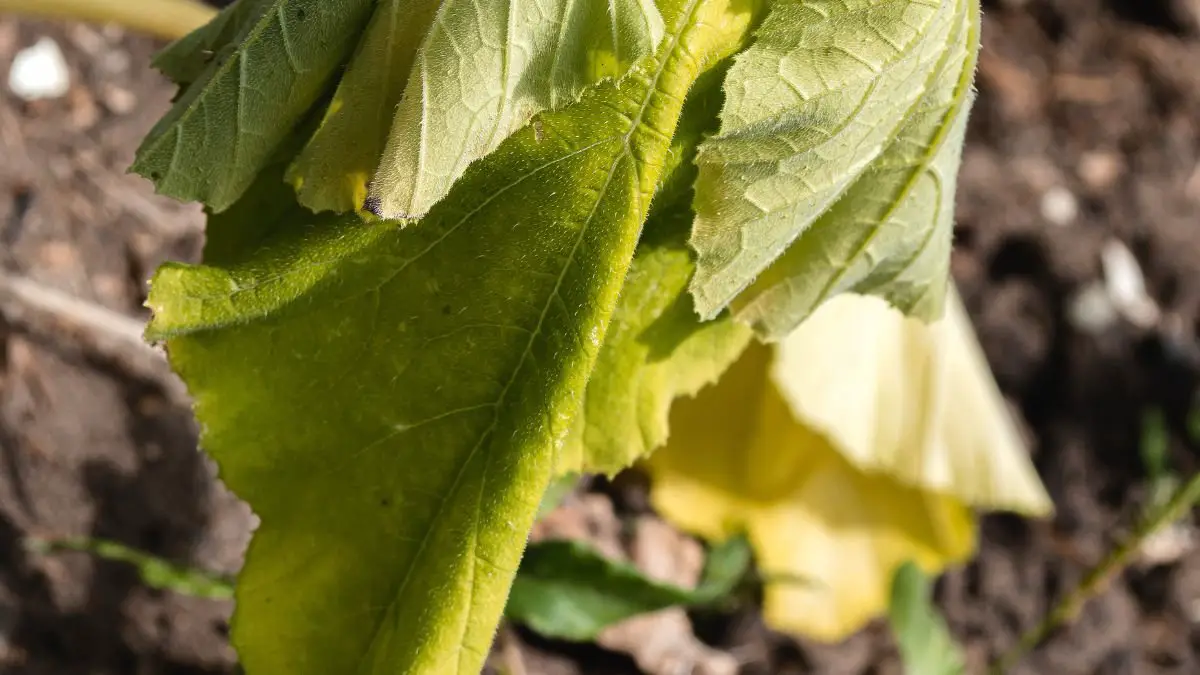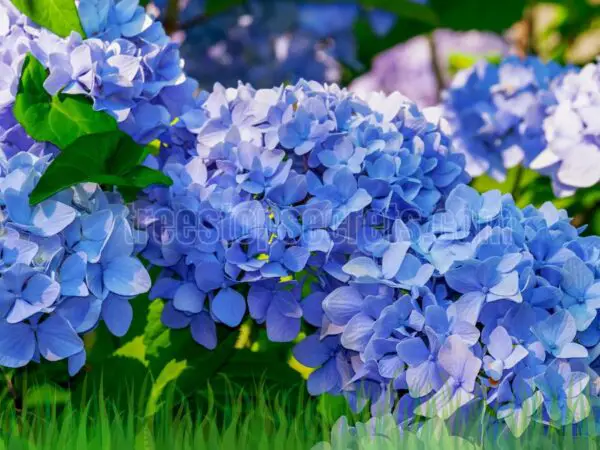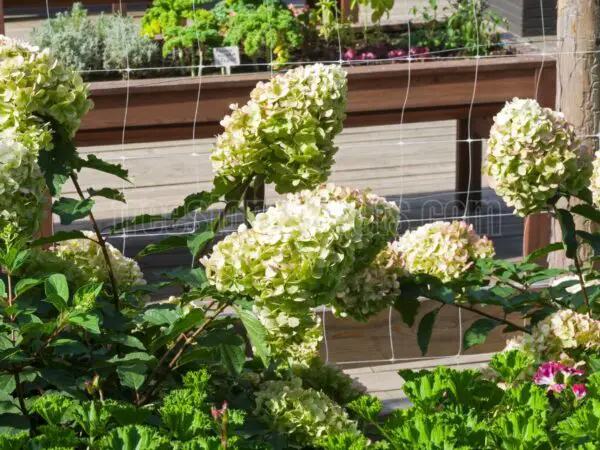If your squash plant is turning yellow, don't fret! We have the solutions you need to revive your plant back to health. Yellowing foliage and leaves on a squash plant can be a sign of various issues, from nutrient deficiencies to pests or diseases. Our expert tips and guidance will help you diagnose the problem and take the necessary steps to restore your squash plant's vibrancy.
Wondering why your once-green squash leaves are now yellow? In this comprehensive guide, we'll delve into the common causes behind this issue and provide actionable strategies to address each root cause effectively. Whether it's overwatering, lack of sunlight, or a pest infestation, we've got you covered with practical advice to combat yellowing in your squash plants.
Ready to rescue your yellowing squash plant and give it the water and drainage it needs to get thriving again? Stay tuned for valuable insights and proven remedies that will ensure your squash plant, with yellow leaves, returns to its lush green state in no time by adjusting water!
Key Takeaways
- Identify the Root Cause: When your squash plant turns yellow, investigate the possible reasons from nutrient deficiencies to pests or diseases.
- Provide Essential Nutrients: Ensure your squash plants receive adequate nutrients like nitrogen, phosphorus, and potassium to maintain healthy growth and vibrant foliage.
- Maintain a Balance: Find the right balance in watering, sunlight exposure, and soil pH to support the overall health of your squash plants and prevent yellowing.
- Implement Pest Control Measures: Protect your squash plants from common pests like aphids and squash bugs by using organic pest control methods or insecticidal soap.
- Prevent Diseases: Minimize the risk of fungal or bacterial diseases by practicing good garden hygiene, proper spacing, and avoiding overhead watering.
- Water Wisely: Water your squash plants consistently but avoid overwatering, which can lead to root rot and yellowing leaves.
Identifying Yellow Causes
Nutrient Deficiencies
Yellowing older leaves indicate nitrogen deficiency.
Potassium deficiency shows yellow edges on leaves.
Yellow waves between veins signal magnesium deficiency.
Pests Invasion
Squash bugs can cause yellowing leaves.
Spider mites are potential culprits for yellowing.
Watch out for whiteflies leading to yellow leaves.
Disease Threats
Bacterial wilt poses a fatal threat to squash plants.
Prevent powdery mildew to avoid yellowing leaves.
Guard against downy mildew for healthy squash plants.
Water Imbalance
Adjust watering to prevent yellowing leaves.
Maintain proper water balance for squash plant health.
Avoid overwatering to prevent yellowing due to water imbalance.
Environmental Stress
Ensure adequate air circulation to prevent yellowing.
Manage humidity levels to avoid stress on squash plants.
Provide sufficient space to prevent crowding-related stress.
Nutrient Essentials
Nitrogen Necessity
To restore yellow and green leaves, apply nitrogen-rich solutions to the squash plant. Monitor nitrogen levels regularly for optimal leafy growth. Promptly address any nitrogen deficiency to prevent yellowing and ensure plant health.
Potassium Power
Prevent yellow edges on leaves by addressing potassium deficiency effectively. Treat brown spots with appropriate levels of potassium to maintain plant health. A balanced potassium level is crucial for healthy growth in squash plants.
Magnesium Musts
To prevent yellowing between veins, address any magnesium deficiency promptly. Provide adequate doses of magnesium to support overall plant health and growth. Regularly monitor magnesium levels for optimal development of squash plants.
The Balancing Act
Nutrient Harmony
Maintain a balanced fertilizer approach for squash plants to ensure optimal growth and prevent yellowing. Adjust nutrient levels according to plant development stages to support overall health. When faced with nutrient deficiencies, respond promptly with targeted solutions tailored to the specific needs of the plants.
Conduct a soil test periodically to identify any nutrient deficiencies that may lead to yellowing in squash plants. It is essential to maintain soil health by incorporating organic matter, such as compost, into the soil. Address any soil issues promptly to provide a supportive environment for healthy plant growth.
Soil Health
- Regularly conduct soil tests
- Incorporate organic matter into the soil
- Promptly address any soil issues
Pest Control Tactics
Squash Bug Battle
Combat squash bugs with insecticidal soap to eliminate them effectively. Keep a close eye on your plants for any signs of aphids sucking the life out of the leaves. Shield your precious squash plants from a potential invasion by these destructive pests.
Vine Borer Warfare
Prevent squash vine borers from causing harm to your plants by implementing proactive measures. Regularly check for any indications of vine borer infestation to catch it early. Swiftly take necessary actions against vine borers to safeguard the health of your squash plants.
Fungus Fight
To combat fungal diseases such as powdery mildew, maintain proper prevention methods. Be vigilant against downy mildew to ensure your squash plants remain healthy and thriving. Adequately space out your plants to reduce the risk of fungal issues affecting them.
Disease Prevention

Cultural Practices
Implement cultural practices to support squash plant health. Follow best practices for growing squash plants, such as proper spacing and soil quality. Adapt cultural practices to prevent yellowing leaves by avoiding overcrowding and providing adequate sunlight.
Water Wisdom
Provide adequate water to prevent yellowing in squash plants, ensuring the soil remains consistently moist but not waterlogged. Adjust watering frequency based on weather conditions, increasing during hot and dry periods. Monitor the soil moisture levels regularly to avoid over or under-watering.
- Pros:
- Helps maintain optimal plant health.
- Prevents issues related to underwatering or overwatering.
- Cons:
- Risk of root rot if overwatered.
- Underwatering can lead to stunted growth and poor fruit development.
Air Flow
Ensure proper air circulation around squash plants to prevent yellowing leaves caused by fungal diseases. Address air flow issues promptly by trimming nearby vegetation and avoiding planting in crowded areas. Monitor air flow by observing any wilting or yellowing symptoms on the plants.
- Key Information:
- Good air flow reduces humidity levels, preventing fungal diseases.
- Lack of air circulation can lead to mold growth and other plant health issues.
Watering Wisdom
Frequency Focus
Adjust watering frequency based on plant needs to prevent yellowing leaves. Monitor nutrient application frequency for optimal squash plant health. Maintain a consistent care routine to ensure the well-being of your squash plants.
Technique Tips
Implement proper gardening techniques to avoid yellowing in squash plants. Follow recommended care techniques specific to squash plants. Adjust techniques accordingly based on the plant's response to prevent yellowing issues.
Irrigation Insights
Provide insights on proper irrigation practices crucial for healthy squash plants. Adapt irrigation methods as needed to prevent yellowing leaves and promote plant vitality. Regularly monitor the effectiveness of irrigation to ensure the well-being of your squash plants.
Soil and Mulch Mastery
Composition Key
Healthy squash plants require a balanced composition of nutrients in the soil to thrive. Compost is a vital component that enriches the soil with essential elements for plant growth. Adjusting the composition based on the specific needs of squash plants can effectively prevent yellowing leaves.
To ensure optimal plant growth, it's crucial to understand the key components necessary for healthy squash plants. Compost, rich in organic matter, provides vital nutrients like nitrogen, phosphorus, and potassium. Maintaining a balanced composition in the soil promotes robust growth and helps prevent issues such as yellowing leaves. By adjusting the composition according to the specific requirements of squash plants, you can address any deficiencies and maintain their health.
Mulching Benefits
Mulching offers numerous benefits for squash plants, including helping to retain moisture in the soil and regulating temperature fluctuations. Implementing mulching practices around squash plants can significantly reduce water evaporation from the soil surface, ensuring consistent moisture levels that are essential for plant health. Mulch acts as a protective barrier, preventing weeds from competing with squash plants for nutrients and sunlight.
When it comes to preventing yellowing leaves on squash plants, choosing suitable mulch types is crucial. Organic materials like straw or shredded leaves make excellent choices for mulching around squash plants. These materials not only help retain moisture but also gradually break down, enriching the soil with organic matter over time. By selecting appropriate mulch types tailored to the needs of squash plants, you can create an ideal environment that supports their growth and prevents issues like yellowing.
Environmental Factors
Sunlight Strategy
Develop a sunlight strategy to prevent leaf sunburn. Provide 6-8 hours of indirect sunlight for squash plants, adjusting exposure to avoid yellowing leaves.
Temperature Tracking
Monitor temperature levels to prevent stress on squash plants, adjusting management for optimal conditions and plant health maintenance.
Humidity Handling
Manage humidity levels to prevent yellowing leaves, making adjustments based on plant requirements while monitoring for optimal growth.
Circulation Consideration
Consider air circulation to prevent yellowing leaves, ensuring proper airflow support for overall plant health while monitoring environmental stress levels.
Real Garden Stories
Success Sharing
Gardening enthusiasts have successfully tackled squash plants turning yellow by closely monitoring their plants. By ensuring adequate watering and sunlight, they maintained vibrant squash plants. Some gardeners discovered that adjusting soil pH levels effectively prevented yellowing.
Sharing experiences among gardeners proved invaluable in combating squash plant issues. Collaborating on strategies like proper pruning techniques and fertilization schedules helped maintain healthy plants. By exchanging tips, gardeners collectively improved their squash plant care practices.
- Successful strategies for maintaining healthy squash plants:
- Regularly checking soil moisture levels
- Implementing organic pest control methods
- Rotating crop locations to prevent diseases
Gardeners who faced yellowing in their squash plants encouraged others to be proactive. Quick actions such as identifying nutrient deficiencies and addressing them promptly were crucial. Through shared successes, the gardening community strengthened its knowledge base on squash plant care.
Final Remarks
Remember, identifying the cause of yellowing in your squash plants is crucial. Ensuring they receive the right nutrients, maintaining a balance in care, and implementing effective pest and disease control strategies are key to their health. By mastering watering techniques, optimizing soil conditions, and considering environmental factors, you can create an ideal growing environment for your squash plants.
Now armed with knowledge on combating yellowing in squash plants, take action promptly to nurture your garden. Share these insights with fellow gardeners to help them tackle similar issues effectively. Your dedication and proactive approach will undoubtedly yield vibrant, healthy squash plants in your garden.
Frequently Asked Questions
Why is my squash plant turning yellow?
Squash plants may turn yellow due to overwatering, nutrient deficiencies, pests, diseases, or environmental stress. Check for proper watering, nutrient balance, pest infestations, diseases, and growing conditions to address the issue promptly.
How can I identify the causes of yellowing in my squash plant?
To identify the causes of yellowing in your squash plant, observe the leaves for patterns of discoloration, check for pests or signs of disease, assess watering practices and soil quality. Proper identification helps in implementing targeted solutions effectively.
What essential nutrients do squash plants need to prevent yellowing?
Squash plants require nutrients like nitrogen, phosphorus, potassium, magnesium, and calcium to maintain healthy growth and prevent yellowing. Ensure a balanced fertilizer application according to the plant's growth stage to provide all necessary nutrients adequately.
What are effective pest control tactics for protecting squash plants from turning yellow?
Implement integrated pest management strategies such as handpicking pests, using insecticidal soaps or oils, introducing beneficial insects, practicing crop rotation, and maintaining garden cleanliness. Regular monitoring and early intervention help prevent pest damage and keep squash plants healthy.
How can I prevent diseases that cause yellowing in squash plants?
Prevent diseases by planting disease-resistant varieties, providing good air circulation around plants, avoiding overhead watering to reduce humidity levels, practicing proper sanitation measures by removing infected plant parts promptly. Fungicides may be used preventively following label instructions if disease pressure is high.
Image Source: Paid image from CANVA





